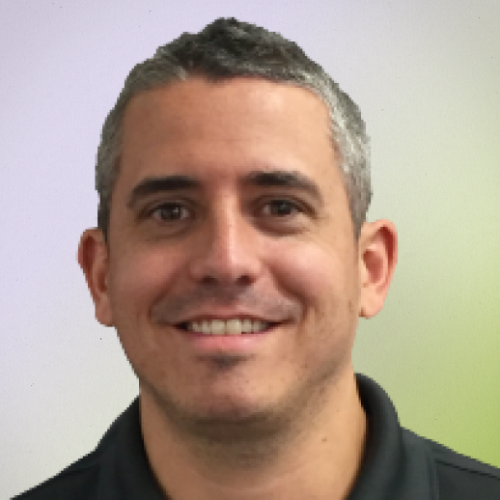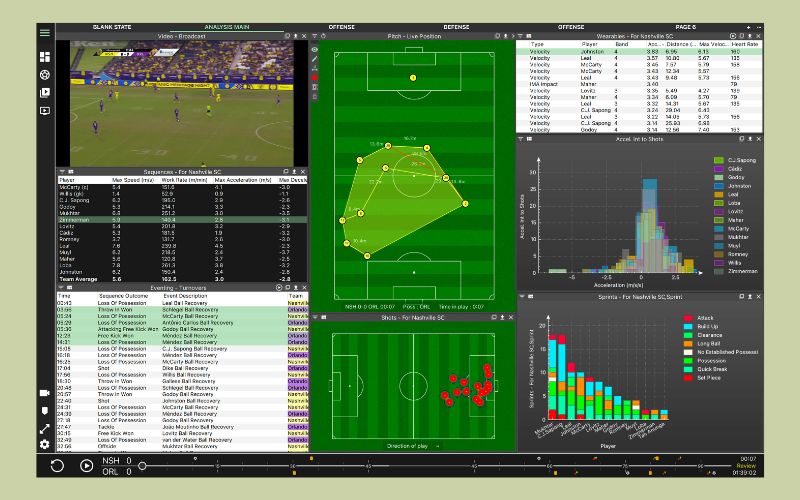At Zendesk Relate 25, Mark Atterby, CXFocus editor, interviewed Tom Powers VP of Operations at Catapult Sports. Powers explains the evolution of Catapult and its commitment to delivering world-class service to its clientele, who leverage Catapult’s integrated data and video analytics to gain crucial insights for athlete performance and development.
Mark Atterby (MA): Can you please provide a background to your career and an explanation of your role at Catapult?

Tom Powers (TM): In my role as VP of Operations, I’m responsible for ensuring our global operations and product support teams deliver world-class service. Having been with the company for 20 years, I bring extensive experience in the sports technology industry. For those unfamiliar with our product, we offer a suite of integrated solutions that aggregate various data sources – including performance metrics, video, events, and more – to provide valuable, actionable insights for our customers’ daily decision-making, particularly in planning and player development.
My three primary goals are: first, to consistently deliver a world-class customer experience; second, to continuously enhance the scalability and efficiency of our operations by identifying smarter ways of working; and third, to foster a culture of highly engaged and agile support team members who are empowered to grow within Catapult and are dedicated to providing exceptional service to our customers.
(MA): What does customer experience success look like at Catapult?
(TM): For us, providing near-instantaneous support across multiple channels – SMS, voice, and email, for example – is paramount, whether it’s a technical issue or a general customer query. Crucially, we prioritise understanding the urgency of each customer issue. When a critical problem arises, our focus is on immediate response and high-priority resolution. Our aim is to ensure customers feel valued, have easy access to support through various channels, and experience prompt and effective solutions.
Given our suite of specialised solutions, we have dedicated experts for each. Our top-tier customers using specific products receive support from teams with relevant experience, often including individuals who have worked with professional teams or were previous customers themselves. This firsthand understanding of the customer’s perspective and priorities is invaluable.
We strategically align the right specialists with the appropriate customer tiers and their corresponding product usage. For instance, customers at certain levels using particular products will have a dedicated support team with deep knowledge in that area, while more basic customers will have a dedicated team catering to their needs.
(MA): Successful CX requires accurate data analytics and customer insights, what specific data points, beyond ticket volumes and handling times, are most critical in informing your operational decisions and staffing strategies?
(TM): We heavily rely on data in all our operations. We analyse incoming ticket volumes, broken down by customer and product, to ensure adequate staffing for timely responses. We also monitor agent handling times, escalating complex, time-consuming issues to senior technicians for more in-depth involvement. This allows us to adapt our support based on customer volume and issue complexity.
More recently, we’ve begun integrating AI, leveraging our Zendesk platform, to handle initial support triage with AI agents. For our simpler product lines with predictable issues and frequently asked questions, we utilise historical data to train AI to resolve these initial inquiries. This frees up our human agents from repetitive tasks, allowing them to focus on more complex issues and development opportunities.
This combination of data-driven decision-making and AI implementation directly supports our goal of continuously improving operational efficiency and workflows. By automating routine tasks with AI, we enable our team to work smarter, not harder, and focus on work that provides greater value and fosters their growth. We believe that eliminating repetitive, unengaging tasks is crucial for employee retention and development, as it prevents stagnation and boredom. Our strategy is to use AI to manage these tasks and empower our people for more challenging and rewarding work.
(MA): Could you elaborate on Catapult’s company culture and what key characteristics your talent acquisition team looks for to ensure a strong cultural fit?
(TM): Our talent acquisition team focuses on recruiting individuals who align with Catapult’s core values and contribute to our strong company culture. We seek employees with a drive for continuous improvement, and Catapult actively encourages internal development and growth. My own career trajectory exemplifies this: starting in product support 20 years ago, I progressed to a VP role, a journey supported by Catapult. We aim to replicate this for others by carefully selecting individuals who are a cultural fit. While it’s ideal when candidates have prior experience as customers or within the industry, which provides valuable insight, it’s not always feasible. However, by investing time in a thorough recruitment process and asking the right questions, we consistently bring in the right people.


